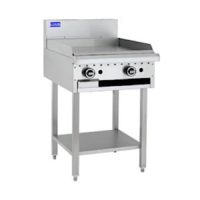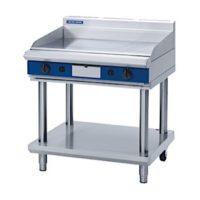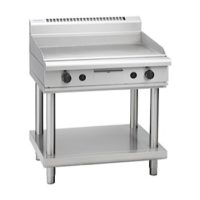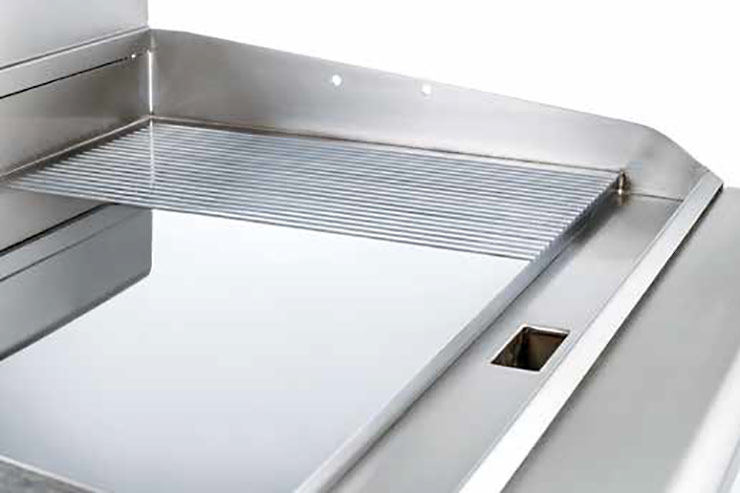
Just about anyone working in a commercial kitchen will have worked with a steel plate griddle. They work well in most applications which is why they are an industry-standard in the kitchen. However, Chrome Griddles are another option that isn’t as common but has some distinct advantages (with few drawbacks).
The mirror surface looks great when maintained ( depending on who you talk to ) which is an advantage in an open kitchen, however, some of the real-world benefits exist, particularly for burger operations, breakfast menus and places serving delicate items such as fish.
Let’s take a look into the key differences between to two so you can decide what might work best for you.
Chrome Griddles are Easier to Clean
Cleaning a chrome surface simply requires cold water, a good quality razor scraper (used only for the griddle with no nicks, chips or dents), damp cloth to polish and chrome griddle cleanser. Utilizing this process can provide time-saving benefits by making cleaning of the griddle as simple as wiping the surfaces down, compared with the scrubbing and chemicals required for traditional Steel Griddle plates.
Flavour transfer? What Flavour Transfer?
Steel Griddles plates are porous, which is the reason why they need to be seasoned to operate effectively, consequently, undesirable flavour migration can occur between beef, fish, bread and vegetables. Chrome griddles on the other hand are non-porous, so, as long as your griddle is clean its no longer an issue.
They are Cheaper to Run
Chome plates transfer heat more efficiently by radiating less heat into the kitchen and transferring heat directly into the food. This translates into energy savings in the order of 20% – 30%. Although we can’t say exactly how much money this will save you in your situation, the average savings may be somewhere between $250 – $400 per year for a 900mm griddle.
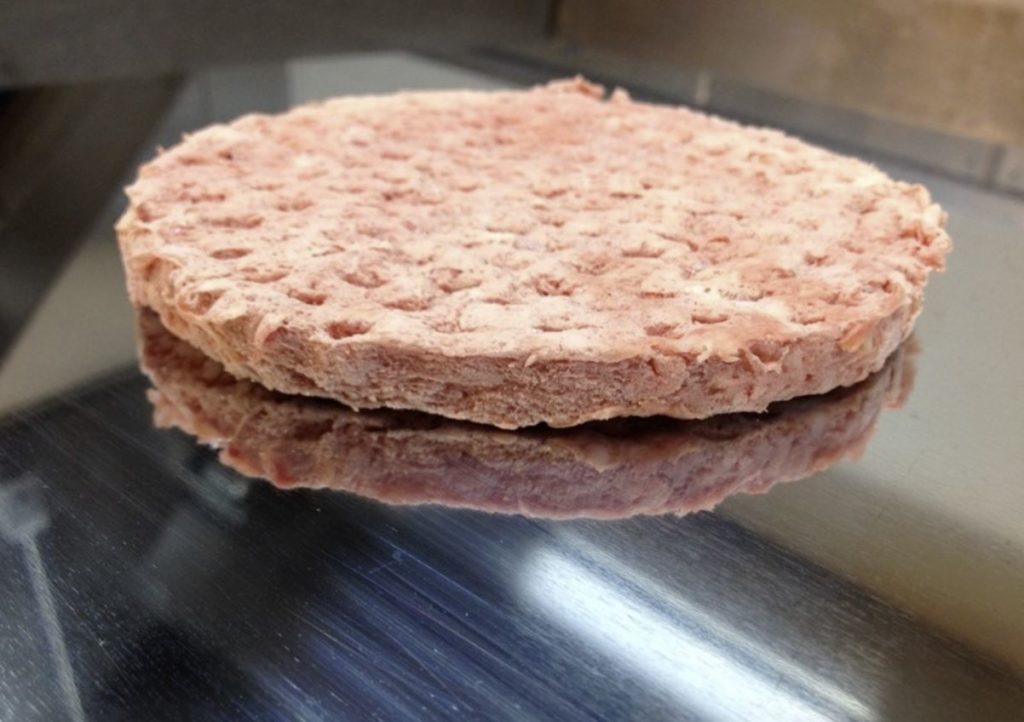
Less heat in the Kitchen
Due to the more efficient heat transfer from Chrome griddles into the food the surrounding space can be a significantly lower temperature than conventional steel griddles. This can make for a more comfortable cookline operation for staff and chefs in the kitchen when compared to a traditional griddle.
They cook better…
The chrome plating keeps foods from sticking and from undesirable darkening of light coloured foods like eggs or white bread. It behaves more like a non-stick frypan than an iron one. Because of the lower heat radiance, you can cook at a wider range of temperatures and have better control over the caramelization of food.
They cost more to buy, but…
On average, a chrome griddle option will cost you between $600 to $1500 more than a steel griddle. However, when you consider the saved labour from cleaning and re-seasoning, the reduced energy bills, plus the reduced cost of grill cleaner and product into the cost of ownership, it will no doubt be much better value in the long term.
Be careful not to damage them
One of the drawbacks of chrome griddles is that they require extra care when in use to not scratch or dent the chrome surface. The surface is exceptionally hard so damage isn’t likely – but don’t let your staff near it with the old scrubber abrasives. And no more mid-service drum solos with the tips of your spatula or grill scrapers – nor should you attempt cutting product while on the griddle. It’s a necessity that any staff using the griddle are trained in how to care for and clean the griddle correctly.
